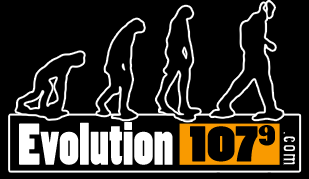Apologies, but no results were found for the requested archive. Perhaps searching will help find a related post.
Evolution 107.9
Altering Radio




Apologies, but no results were found for the requested archive. Perhaps searching will help find a related post.